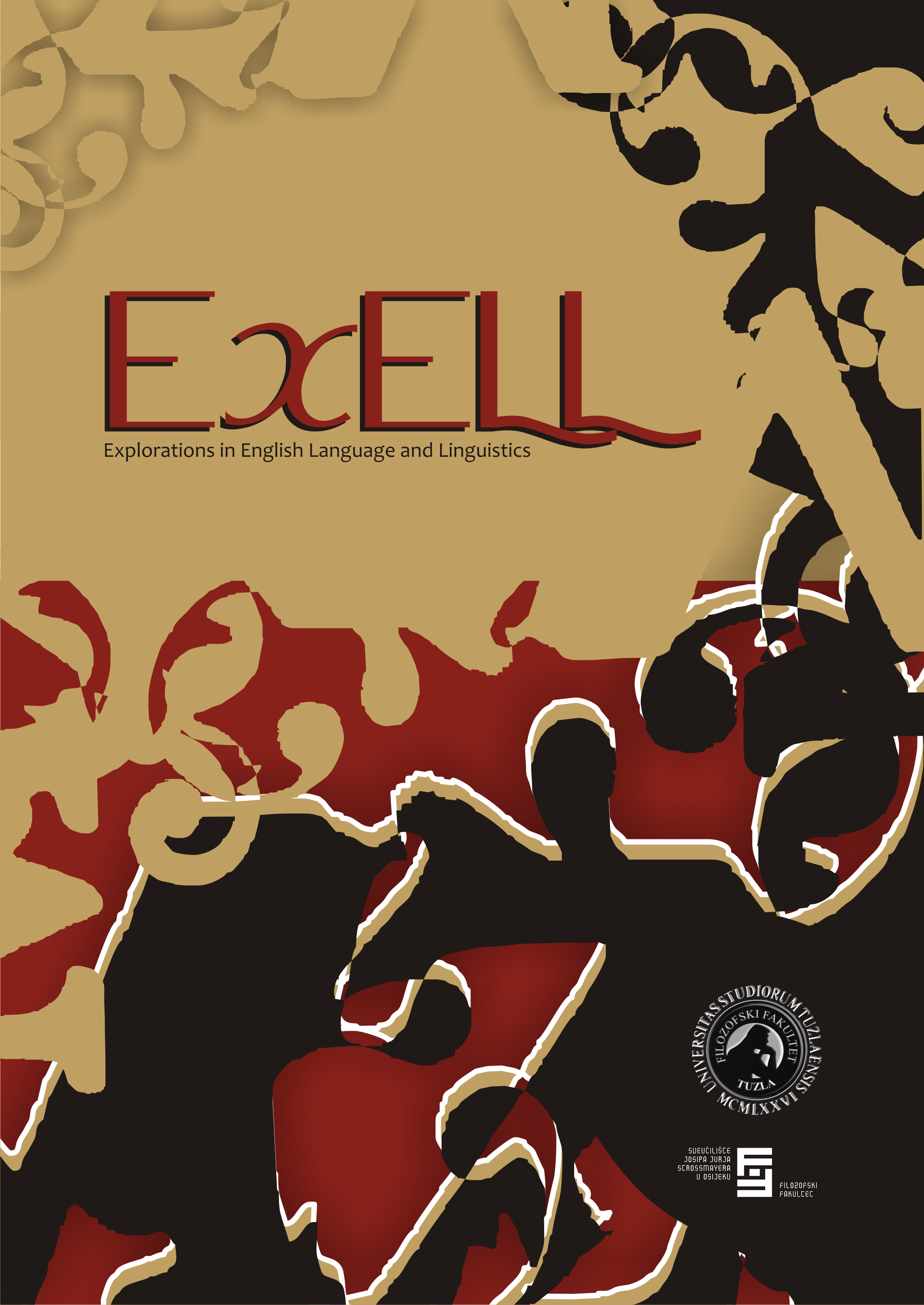What is a compound? The main criteria for compoundhood
Keywords:
morphology, word-formation, compoundhood, phrasehood, derivationAbstract
This study aims to identify the main cross-linguistic criteria for compoundhood discussed in the relevant literature, with a special focus on English, ranking them from the most reliable to the least. These criteria - orthographic, phonological, syntactic and semantic in nature - have been proposed to make a distinction between compounds and phrases. The analysis reveals that the most reliable cross-linguistic criteria to distinguish between phrases and compounds are adjacency and referentiality. With regard to the former criterion, no intervening elements can be inserted between the head and the non-head of compounds, whilst such insertion is allowed in phrases. With regard to the latter criterion, the non-head of a phrase is always referential, whereas the non-head of a compound is normally non-referential. Other criteria have been found to be partially applicable, e.g. free pluralisation of the non-head, compositionality, stress, possibilities for modification and coordination, ellipsis, orthography and the replacement of the second element by a pro-form. The study also proposes a definition for compounds that may be the most widely applicable. Finally, the study concludes with ranking the main criteria for compoundhood discussed in the study.
Downloads

Downloads
Published
How to Cite
Issue
Section
License
Copyright (c) 2025 ExELL

This work is licensed under a Creative Commons Attribution-NonCommercial-NoDerivatives 4.0 International License.







